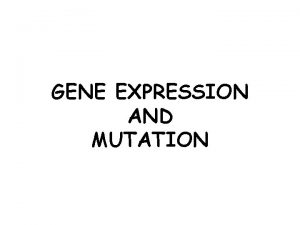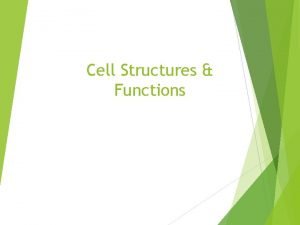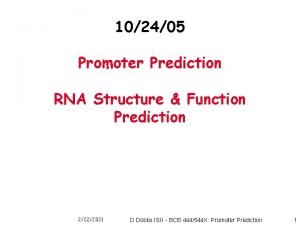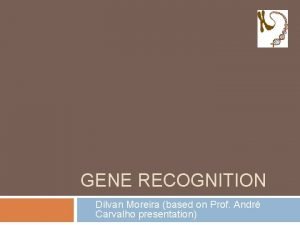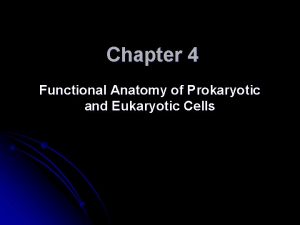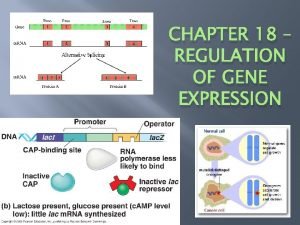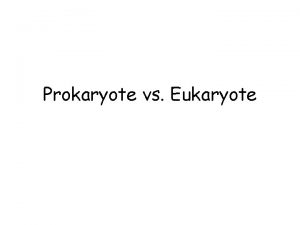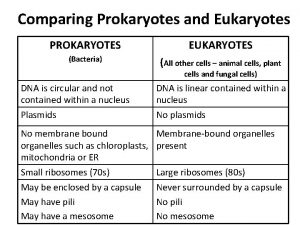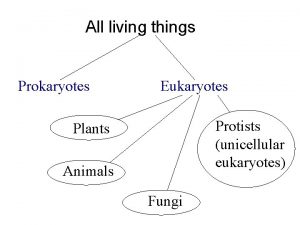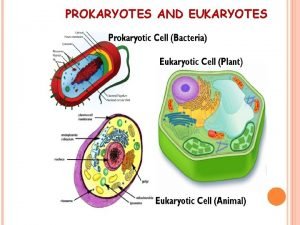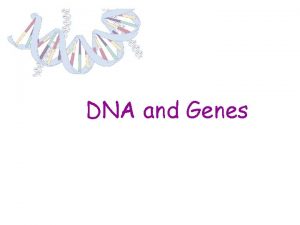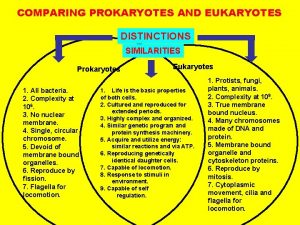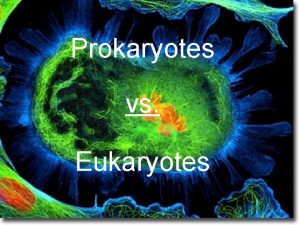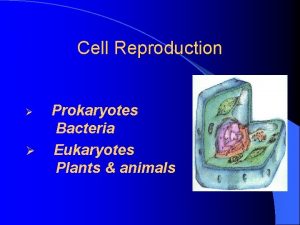Cellular Communication All cells communicate Eukaryotes and prokaryotes













- Slides: 13

Cellular Communication -All cells communicate -Eukaryotes and prokaryotes! AP Biology

§ Communication process usually involves the plasma membrane § 2 types: local and long-distance AP Biology

Local Signaling § Direct contact § Gap junctions or plasmodesmata w Cytoplasms of cells directly connected § Animal cells also by direct contact between membrane-bound molecules § Use of messenger molecules for shortdistance communication Paracrine signaling u Synaptic signaling u AP Biology

Long-Distance § Use of hormones to travel long distances u AP Biology Nervous and endocrine system

3 Stages of Cell Signaling AP Biology

Reception § Signaling molecule= ligand u Causes a change in the receptor protein § Most receptors are found in the plasma membrane u AP Biology Ligands are water-soluble

Receptors in the Plasma Membrane § Two Major Types G protein-coupled receptors (GPCR) u Ligand-gated ion channels u AP Biology

Ligand-gated ion channel AP Biology

Intracellular Receptors § Cytoplasm or § nucleus Hydrophobic signals- ex. steroids AP Biology

Transduction by Cascade § Transduction of cell signaling usually involves multiple steps u Gives possibility of signal amplification § Signal transduction pathway usually involves proteins u Change in shape of a protein § Phosphorylation AP Biology

Protein Changes § Protein kinase- adds phosphate groups from ATP to a protein AP Biology

Second Messengers § Small, non-protein, water-soluble molecules u Ex. Cyclic AMP or Ca 2+ § Easily move through cytoplasm § Activate other proteins § Epinephrine AP Biology

Cholera and interruption of signaling § Disruption of GPCR AP Biology
 Diff between prokaryotes and eukaryotes
Diff between prokaryotes and eukaryotes Prokaryotes and eukaryotes
Prokaryotes and eukaryotes Differences between prokaryotic and eukaryotic cells
Differences between prokaryotic and eukaryotic cells Multiple choice questions on prokaryotes and eukaryotes
Multiple choice questions on prokaryotes and eukaryotes Gene prediction in prokaryotes and eukaryotes
Gene prediction in prokaryotes and eukaryotes Repressible operon
Repressible operon Polimerase
Polimerase Which compares prokaryotes and eukaryotes
Which compares prokaryotes and eukaryotes Functional anatomy of prokaryotic and eukaryotic cells
Functional anatomy of prokaryotic and eukaryotic cells Transcription in prokaryotes vs eukaryotes
Transcription in prokaryotes vs eukaryotes Prokaryotes vs eukaryotes gene regulation
Prokaryotes vs eukaryotes gene regulation Cloroplasto
Cloroplasto Eukaryotic vs prokaryotic
Eukaryotic vs prokaryotic Prokaryotes vs eukaryotes
Prokaryotes vs eukaryotes
